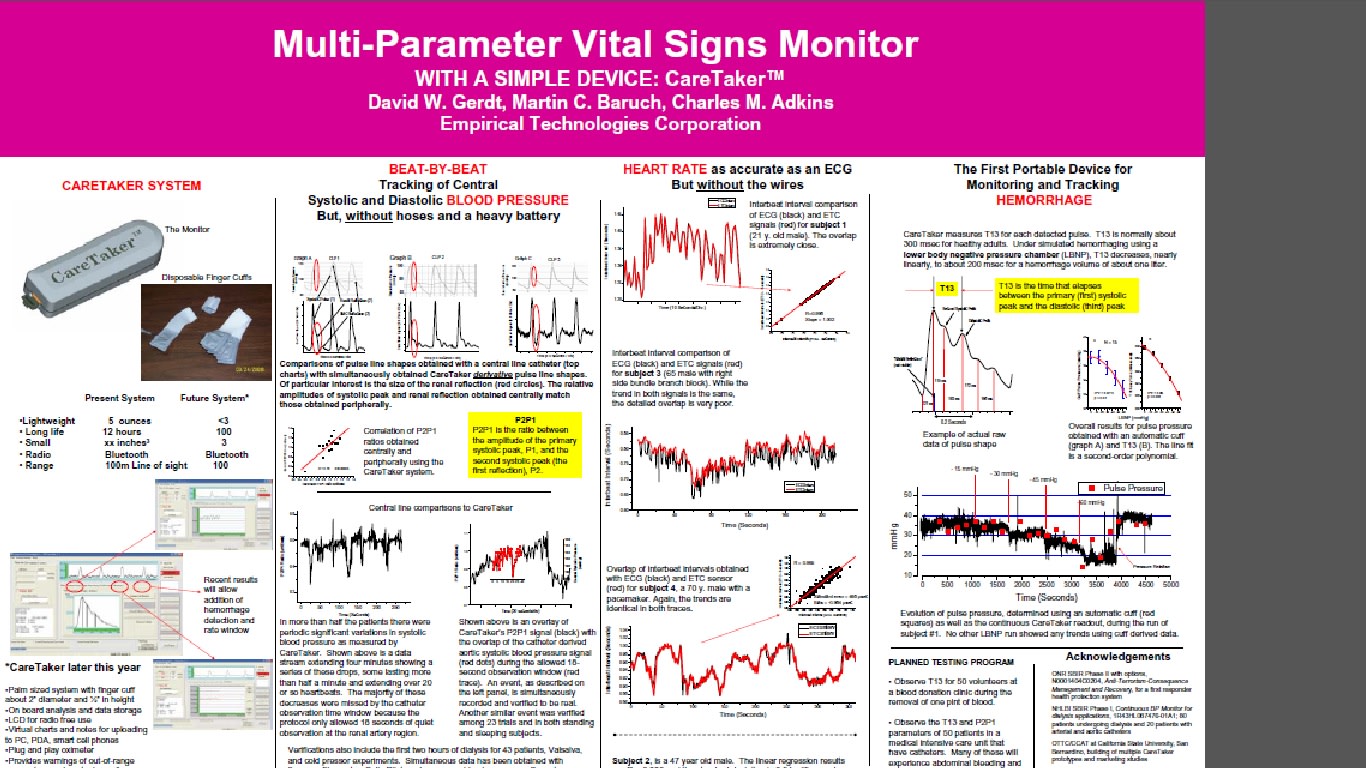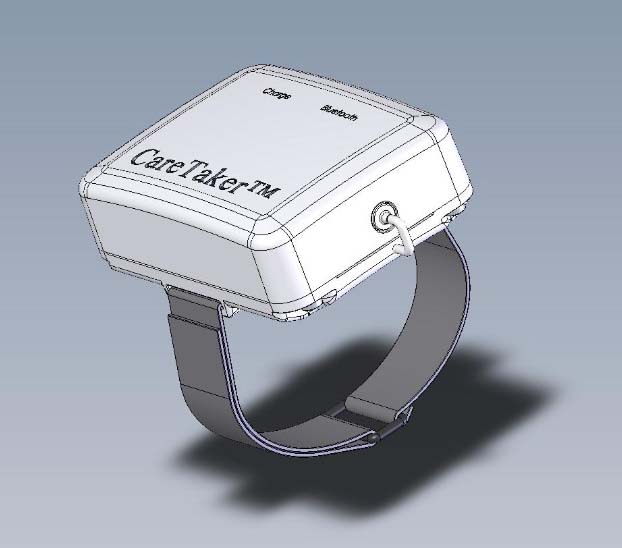The Scientific World Journal
Volume 2013 (2013), Article ID 792693, 6 pages
http://dx.doi.org/10.1155/2013/792693
Clinical Study
Evaluation of Arterial Stiffness for Predicting Future Cardiovascular Events in Patients with ST Segment Elevation and Non-ST Segment Elevation Myocardial Infarction
Oguz Akkus,1 Durmus Yildiray Sahin,2 Abdi Bozkurt,3 Kamil Nas,4 Kazım Serhan Ozcan,1 Miklós Illyés,5 Ferenc Molnár,6 Serafettin Demir,7 Mücahit Tüfenk,3 and Esmeray Acarturk3
1Sanliurfa Siverek State Hospital, 63600 Sanliurfa, Turkey
2Department of Cardiology, Adana Numune Training and Research Hospital, Adana, Turkey
3Department of Cardiology, Faculty of Medicine, Cukurova University, Adana, Turkey
4Department of Radiology, Szent János Hospital, Budapest, Hungary
5Heart Institute, Faculty of Medicine, University of Pécs, Pécs, Hungary
6Department of Hydrodynamic Systems, Budapest University of Technology and Economics, Budapest, Hungary
7Department of Cardiology, Adana State Hospital, Adana, Turkey
Received 18 August 2013; Accepted 15 September 2013
Academic Editors: H. Kitabata and E. Skalidis
Copyright © 2013 Oguz Akkus et al. This is an open access article distributed under the Creative Commons Attribution License, which permits unrestricted use, distribution, and reproduction in any medium, provided the original work is properly cited.
Background. Arterial stiffness parameters in patients who experienced MACE after acute MI have not been studied sufficiently. We investigated arterial stiffness parameters in patients with ST segment elevation (STEMI) and non-ST segment elevation myocardial infarction (NSTEMI). Methods. Ninety-four patients with acute MI (45 STEMI and 49 NSTEMI) were included in the study. Arterial stiffness was assessed noninvasively by using TensioMed Arteriograph. Results. Arterial stiffness parameters were found to be higher in NSTEMI group but did not achieve statistical significance apart from pulse pressure . There was no significant difference at MACE rates between two groups. Pulse pressure and heart rate were also significantly higher in MACE observed group. Aortic pulse wave velocity (PWV), aortic augmentation index (AI), systolic area index (SAI), heart rate, and pulse pressure were higher; ejection fraction, the return time (RT), diastolic reflex area (DRA), and diastolic area index (DAI) were significantly lower in patients with major cardiovascular events. However, PWV, heart rate, and ejection fraction were independent indicators at development of MACE. Conclusions. Parameters of arterial stiffness and MACE rates were similar in patients with STEMI and NSTEMI in one year followup. The independent prognostic indicator aortic PWV may be an easy and reliable method for determining the risk of future events in patients hospitalized with acute MI.
Acute myocardial infarction (AMI) continues a worldwide cause of mortality [1]. In-hospital and 6-month-mortality are approximately 5–7% versus 12-13%, respectively [2, 3]. Estimated risk of mortality for AMI is based on the clinical status of the patients [4]. Recent studies showed that conventional risk factors are inadequate for predicting cardiovascular (CV) mortality and morbidity. A novel risk factor called arterial stiffness, which is a defined reduction of the compliance of arterial wall, and relationship between coronary heart disease (CHD) have been demonstrated. Arterial stiffness results in faster reflection of the forward pulse wave from bifurcation points in peripheral vessels. As a result of new waveform, systolic blood pressure (SBP) increases, diastolic blood pressure (DBP) decreases, cardiac workload increases, and coronary perfusion falls down. It plays a major role in the determination of cardiovascular outcomes, and it is not inferior to the traditional risk factors to assess the future risk [5, 6]. Elevated arterial stiffness is associated with increased major adverse cardiovascular events (MACE) such as unstable angina, AMI, coronary revascularization, heart failure, stroke, and death [7]. Arterial stiffness parameters including mean arterial pressure (MAP), pulse pressure (PP), PWV (m/s), and augmentation index (AI) are directly proportional to the risk of MACE [8–10].
PWV is a susceptible diagnostic element, and it is also involved in risk stratification for subclinical organ damages [11]. Few studies regarding arterial stiffness demonstrated that PWV exhibits a close effect with coronary heart disease [5, 12, 13]. Whether arterial stiffness parameters are related to MACE after acute MI has not been studied sufficiently. The aim of our study was to compare arterial stiffness parameters in patients with ST segment elevation (STEMI) and non-ST segment elevation myocardial infarction (NSTEMI) and to validate its prognostic value.
Ninety-four patients with acute MI (72 men and 22 women, mean age 60,41 ± 11,17) were included in the study. There were 45 STEMI and 49 NSTEMI. Data of patients were analyzed within 24 hours after hospitalization. All patients received eligible treatment according to ESC guidelines. The choice of preparations was entrusted to the investigator. Hemodynamically compromised patients (Killip classifications II, III, and IV), patients with chronic atrial fibrillation and/or flutter, chronic renal failure, mild-severe valvular heart diseases and other chronic diseases were excluded. Our local ethics committee approved the study, and written informed consent was obtained from all participants. Patients were followed up for 12 months.
3. Diagnosis of Acute Myocardial Infarction
Diagnosis of AMI was based on symptoms, elevated cardiac markers, and electrocardiogram (ECG) changes. Patients with typical chest pain plus ECG changes indicative of an AMI (pathologic Q waves, at least 1 mm ST segment elevation in any 2 or more contiguous limb leads or new left bundle branch block, or new persistent ST segment and T wave changes diagnostic of a non-Q wave myocardial infarction) or a plasma level of cardiac troponin-T level above normal.
Troponin T, creatine kinase-MB fraction (CK-MB), serum urea, creatinine, eGFR, and other hematological parameters were checked at the admission.
Risk factors, such as hypertension, hyperlipidemia, diabetes mellitus, cigarette smoking, and family history, were recorded. Hypertension was considered as SBP and DBP greater than 140 mmHg and 90 mmHg, respectively, using an antihypertensive medication. Diabetes mellitus, hyperlipidemia, and hypertriglyceridemia were defined as using antidiabetic drugs or fasting blood glucose over 126 mg/dL, as plasma low-density lipoprotein cholesterol (LDL-C) >130 mg/dL, using lipid-lowering drugs at the time of investigation, and as TG level >150 mg/dL, respectively, according to the Third Report of the National Cholesterol Education Program guidelines. First-degree relatives who are exposed to coronary artery disease (CAD) before the age for male is <55 and female <65 were considered as family history.
5. Pulse Waveform Analysis
Assessment of arterial stiffness was performed noninvasively with the commercially available TensioMed Arteriograph. We collected the oscillometric pulse waves from the patients. We measured the distance between the jugulum-symphysis (which is equal to the distance between the aortic root and the aortic bifurcation), and PWV was calculated. Pulse waves were recorded at suprasystolic pressure. The oscillation signs were identified from the cuff inflated at least >35 mmHg above the systolic blood pressure. In this state there was a complete brachial artery occlusion, and it functions as a membrane before the cuff. Pulse waves hit the membrane, and oscillometric waves were measured by the device and we could see the waveforms on the monitor. The AI was defined as the ratio of the difference between the second (P2 appearing because of the reflection of the first pulse wave) and first systolic peaks (P1 induced by the heart systole) to pulse pressure (PP), and it was expressed as a percentage of the ratio (AI = [P2 − P1]/PP × 100). SBP, DBP, PP, and heart rate and other hemodynamic parameters as return time (RT in sec.), diastolic reflection area (DRA), systolic area index (SAI %), and diastolic area index (DAI %) were measured noninvasively. DRA reflects the quality of the coronary arterial diastolic filling (SAI and DAI are the areas of systolic and diastolic portions under the pulse wave curve of a complete cardiac cycle, resp.). Hence, the bigger the DAI and DRA are, the better the coronary perfusion is. Furthermore, RT is the PWV time from the aortic root until the bifurcation and return, so this value is smaller as the aortic wall is stiffer.























